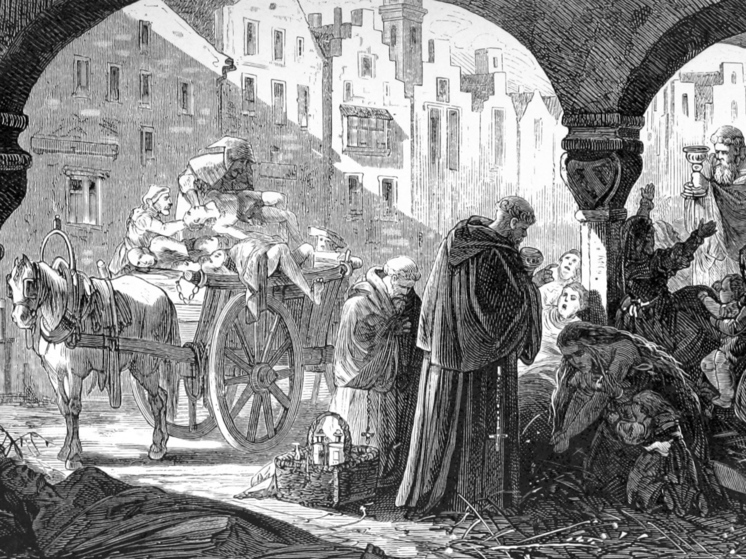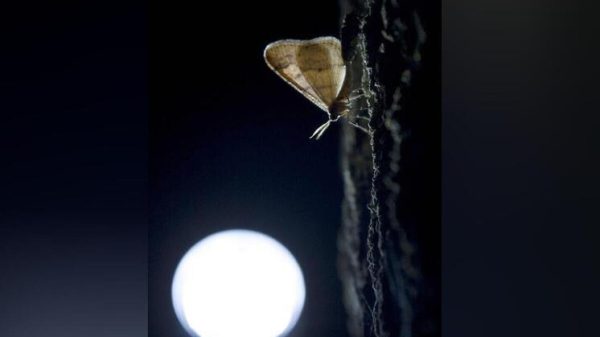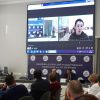The burials of those who died from the Black Death were counted in London cemeteries
A new study has found that black women of African descent were most likely to die during the medieval plague. Scientists have found that of the 145 bodies in three different London cemeteries in plague-related burials, the majority were black women.

The report is the first archaeological study of race, gender and social status influencing a person's risk of death during the so-called Great Pestilence. It is estimated that approximately 35 thousand people in London died from the plague. The likelihood of death was higher for people who were already facing significant hardships, the study noted, arguing that part of the higher death rate among black people was the result of the «devastating effects of pre-modern social racism» during the epidemic.
The paper, “Race, demographic proximity and mortality risk during the second plague pandemic in 14th-century London, England,” is due to be published by Bioarchaeology International in late 2023.
The study is based on bone change data and teeth from 145 individuals from the Plague Emergency Cemetery in East Smithfield, St Mary's Graces and St Mary's Spital.
These primary data were then analyzed using forensic anthropological tools to assess whether could the bones belong to someone of African descent?
“In plague burials there is a significantly higher proportion of people of presumed African origin compared to burials without plague. In a sample of women only, those with presumed African ancestry were found to have a significantly higher risk of death from plague compared with those with presumed white European ancestry,” the study authors said.
But the study is also careful to note the small sample size and emphasizes that every effort was made to avoid «the incorrect assumption that there is a biological basis for race, and the authors actively argue against the incorrect conclusion that people classified into a particular racial category , vulnerable to disease.”
The document highlights that approximately 18,000 foreigners moved to London from various locations between 1336 and 1584, potentially causing social and religious divisions among the city's population.
Dr. Joseph Hefner told a prominent British media outlet that a new study reveals previously unknown facts about the diversity of the population of London during this period.
“This study takes a deep dive into previous understandings of the diversity of the population of medieval England, based on primary sources. The combination of bioarchaeological method and theory with forensic anthropological methods allows for more detailed analysis,” says Hefner.
Meanwhile, Dr Rebecca Redfern from the Museum of London drew parallels with the research findings and the current conditions in which people of different races live today.
“We have no primary written sources about the races of people, for example about people of black African descent during the great plague of the 14th century, archaeological research is therefore needed to better understand their lives and experiences,” comments Redfern. “As with the recent COVID-19 pandemic, the social and economic environment played a significant role in people's health, and, This is most likely why we find people and people of black African descent in burials associated with the plague.»
University of Colorado biologist-anthropologist Professor Sharon Devitt admitted: «This study not only adds to our knowledge of biosocial factors that influenced mortality risk during medieval plagues, it also shows that there is a deep history of social marginalization shaping the health and vulnerability to disease in human populations.»





















































Свежие комментарии